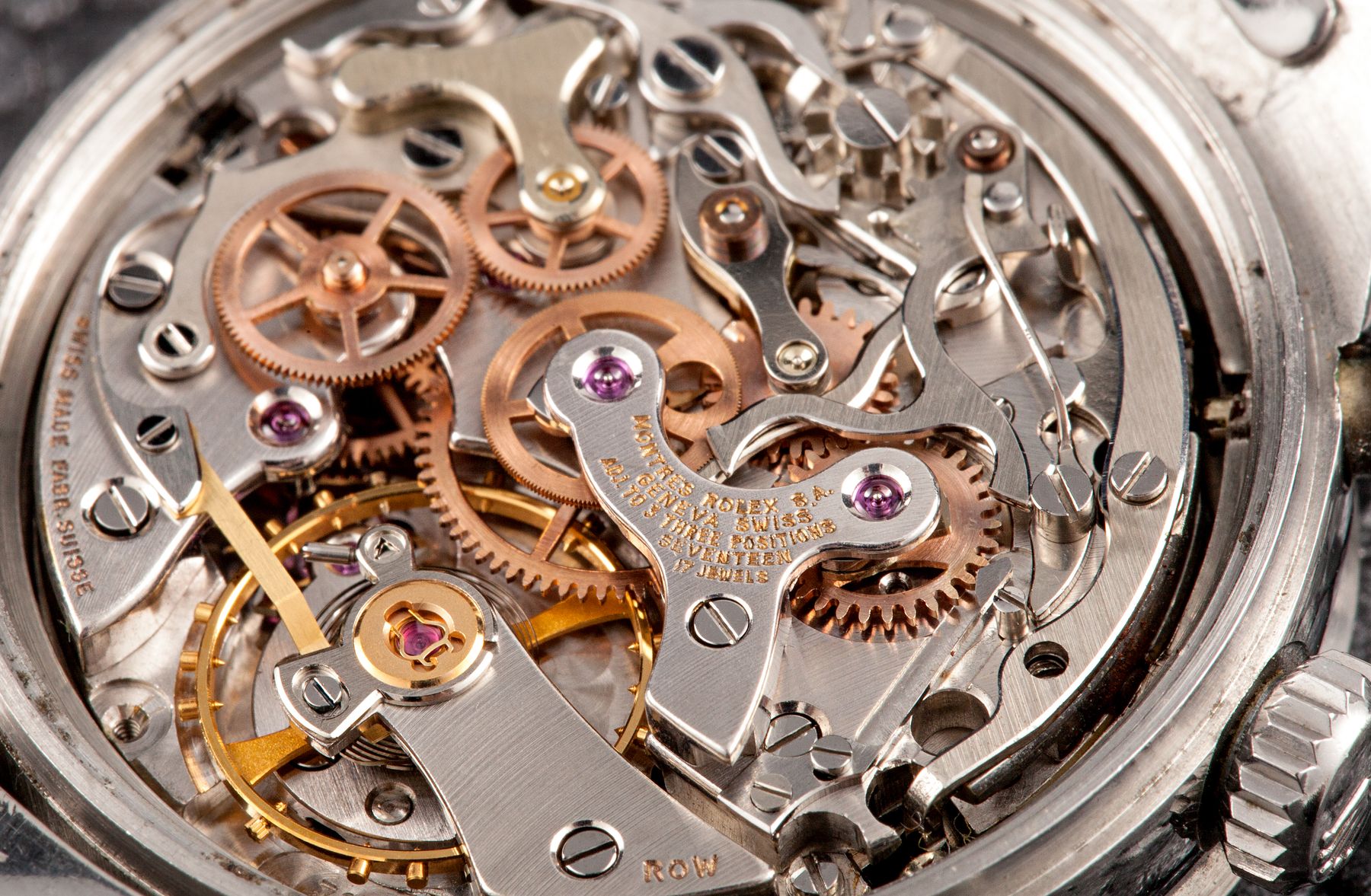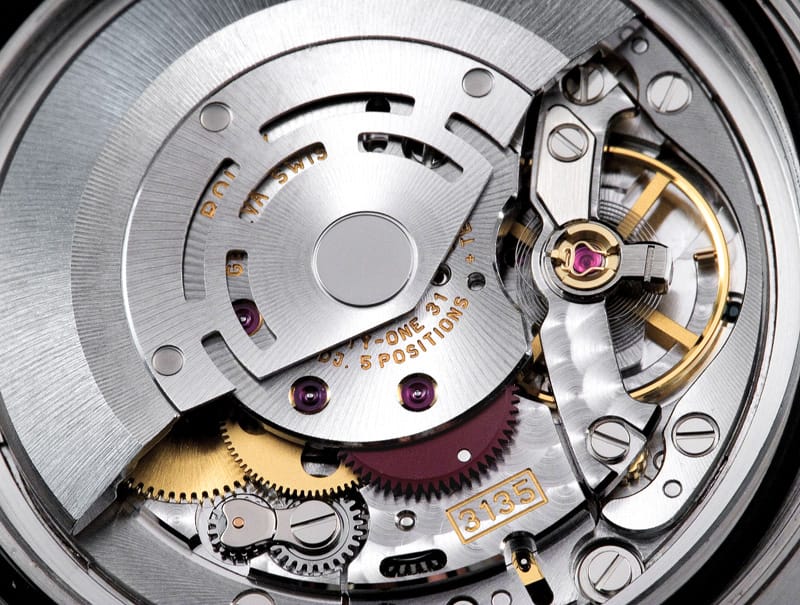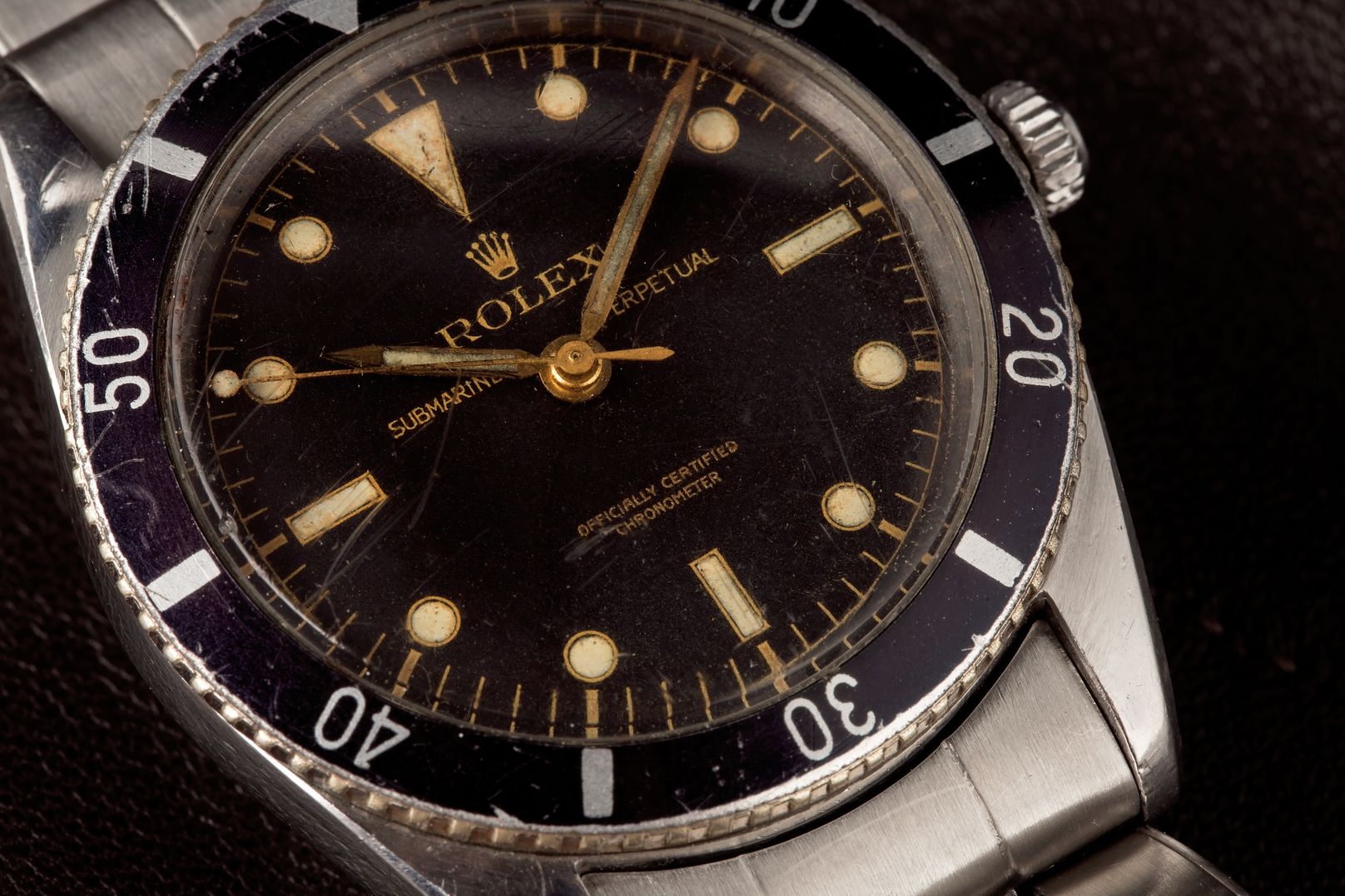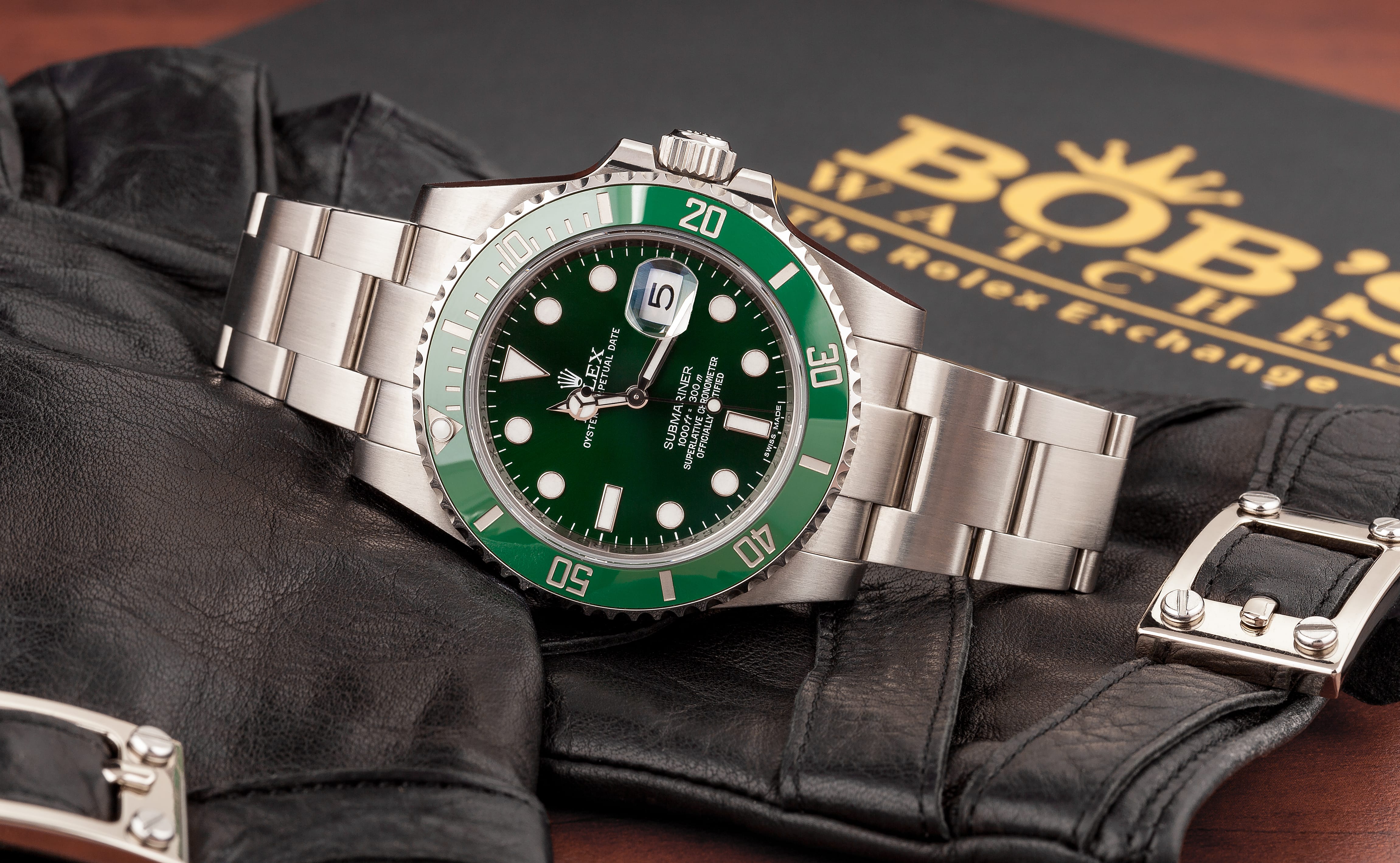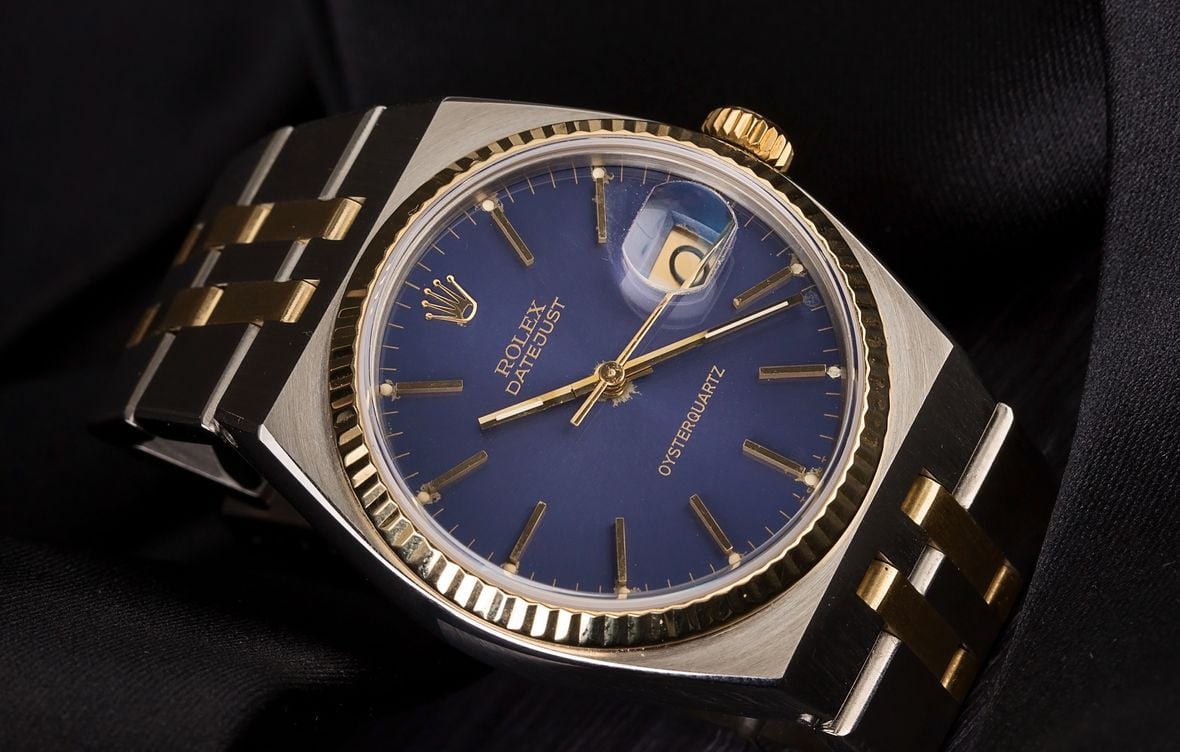If you have always enjoyed debates, disputes, and full-on raging arguments, an interest in luxury watches is definitely the hobby for you. Horology gives fans endless opportunities to squabble on a wide array of topics, from movements to dial text. Advocates will champion one brand against another – sometimes to fanatical degree, or will weigh in on the whole vintage vs. modern debacle so passionately that you start to fear for their blood pressure.
One of the all-time classic bones of contention remains the respective merits of luxury watches that use calibers designe and built by the manufacturer themselves (commonly described as ‘in-house’ movements) against those which are powered by calibers brought in from a third party, or ‘outsourced’ movements. As with any discussion, there are merits and minuses on both sides, so below we will take a look at things in a bit more detail and try to work out what’s what.
Click here for a closer look at some of the best luxury watches for starting a collection.
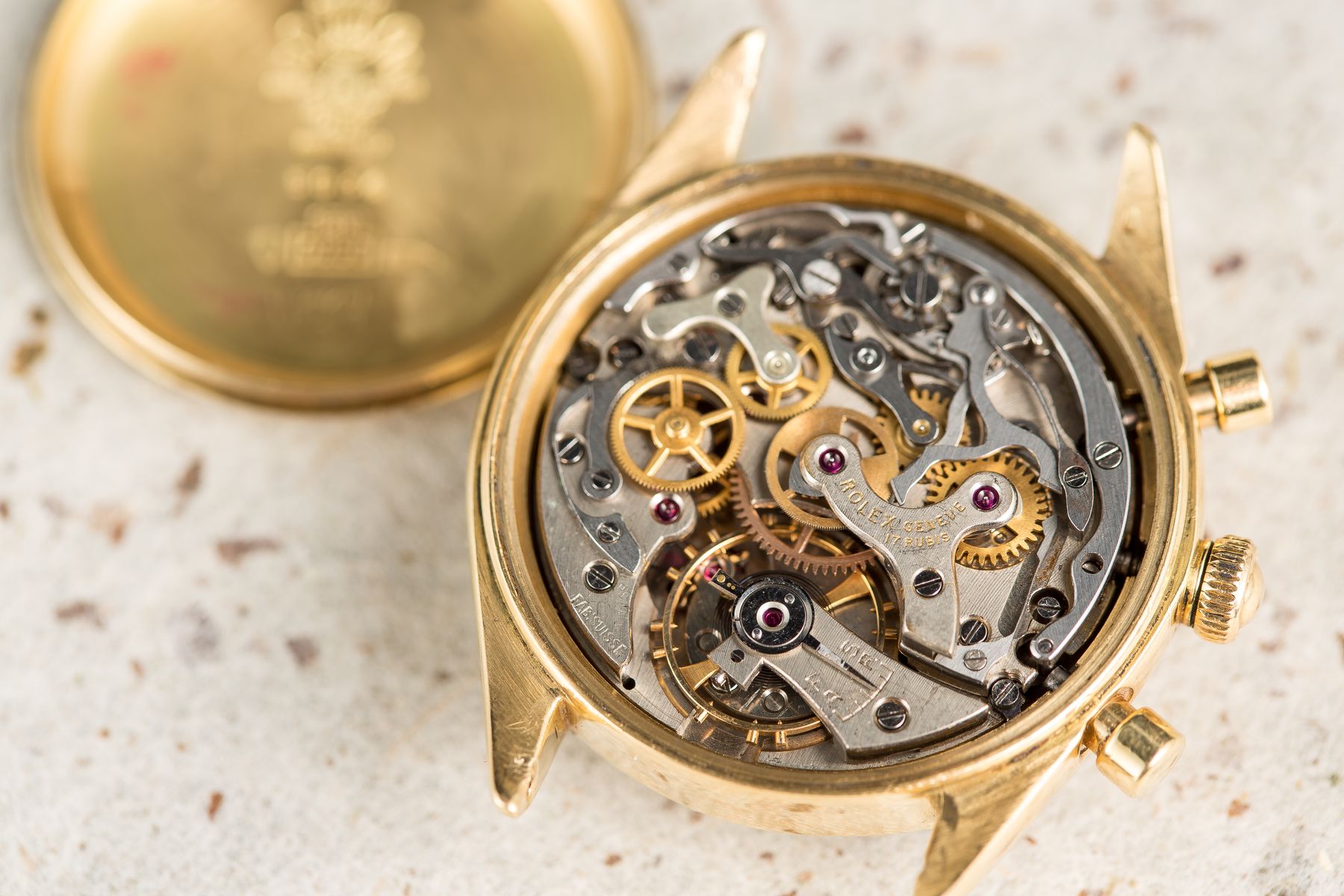
What Exactly Are In-House Movements?
Possibly the biggest cause of disagreement on the issue is defining what exactly constitutes an ‘in-house’ movement. Any mechanical caliber is made up of a huge number of components. Even the simplest, most basic designs won’t operate without somewhere in the region of 100 different parts, and the hyper-complicated end can sometimes contain up to a thousand. It is extremely rare for one manufacturer to make every single one of those constituents themselves, more often than not buying at least some in from one or several other suppliers.
So, at what point does a caliber officially become in-house? Is it when 50% of it is produced in the manufacturer’s facility? 75%? 91%? No one seems to be able to put a definite figure to it that can apply across the global watch industry.
Additionally, there is the whole issue of semantics. The vast majority of outsourced movements, particularly where Swiss watches are concerned, are made by ETA, who hold a virtual monopoly. ETA is a wholly owned subsidiary of the Swatch Group, which also owns brands like Omega, Hamilton, Tissot, and others. So does that mean those manufacturers under the Swatch umbrella that use ETA’s movements can say they are in-house as well?
It is all a bit murky and mysterious, but there is no doubt the term itself carries a certain amount of cachet among collectors and brings with it subtle implications of superior craftsmanship, heritage, and prestige.
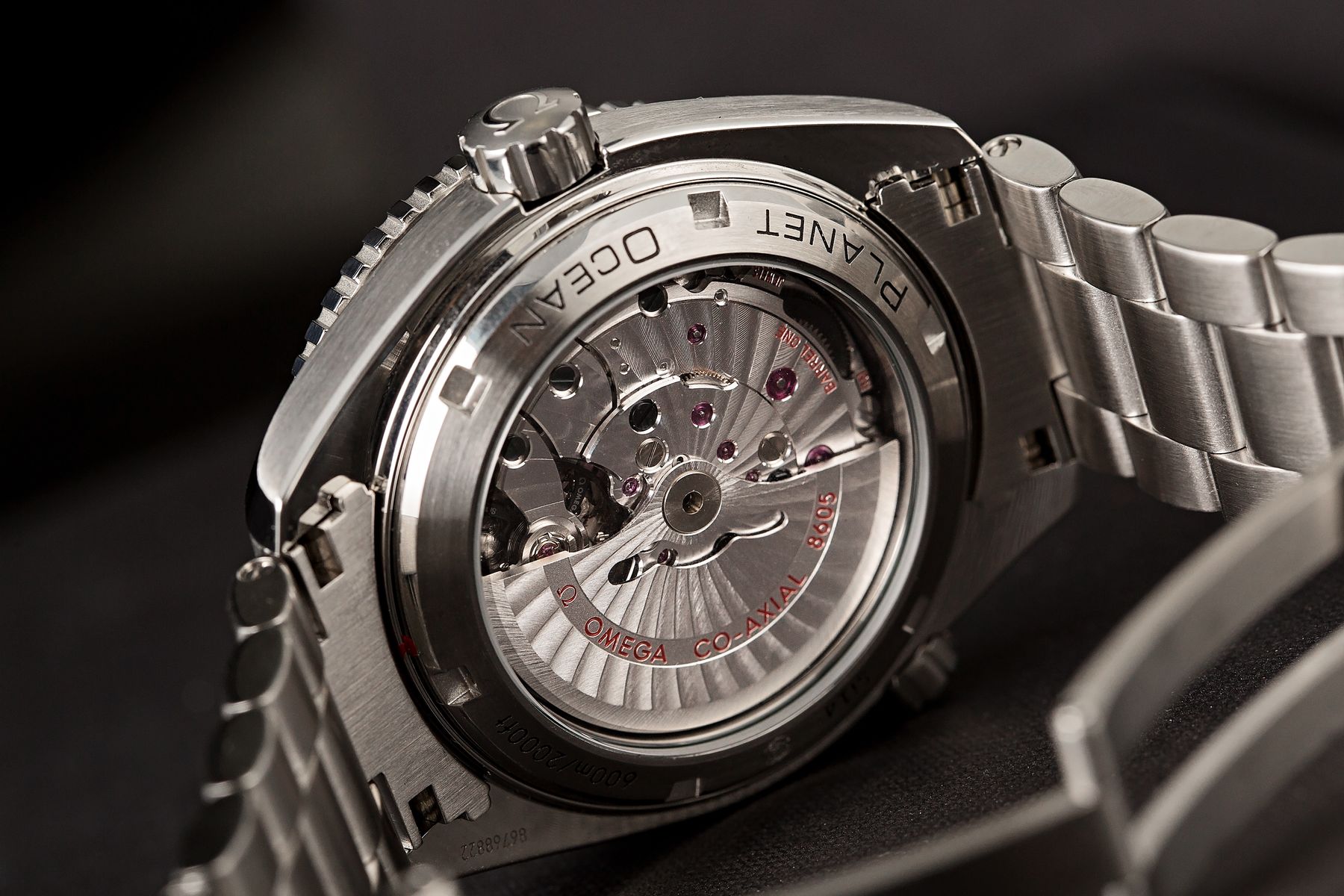
Does In-House Perform Better Than Outsourced?
Again, there is no easy answer. A sweeping statement claiming every in-house movement is more accurate, more reliable, and more robust than every outsourced movement is just plain wrong. ETA has been around in one form or another since 1793. The business as we know it today was formed by Eterna in 1856. That is a very long time for a company to be doing more or less just the one thing – making calibers. If you or I had dedicated the last 200 years or so to a single occupation, we could be reasonably assured that we would be fairly expert at it by now.
ETA produces some superb movements that are used in a number of outstanding watches. Their ETA 7750, for example, otherwise known as the Valjoux 7750, is used in the majority of chronographs currently available. It, like many of their calibers, is offered in a number of different grades, with the highest, Chronometer Grade, meeting the COSC’s strict requirements of -4/+6 seconds a day, adjusted to five positions.
So, there is nothing to guarantee that an in-house caliber is going to perform better simply because it was built in the same factory as the rest of the watch. It is more a case of having to compare one specific in-house movement to a specific, and comparable, outsourced one.
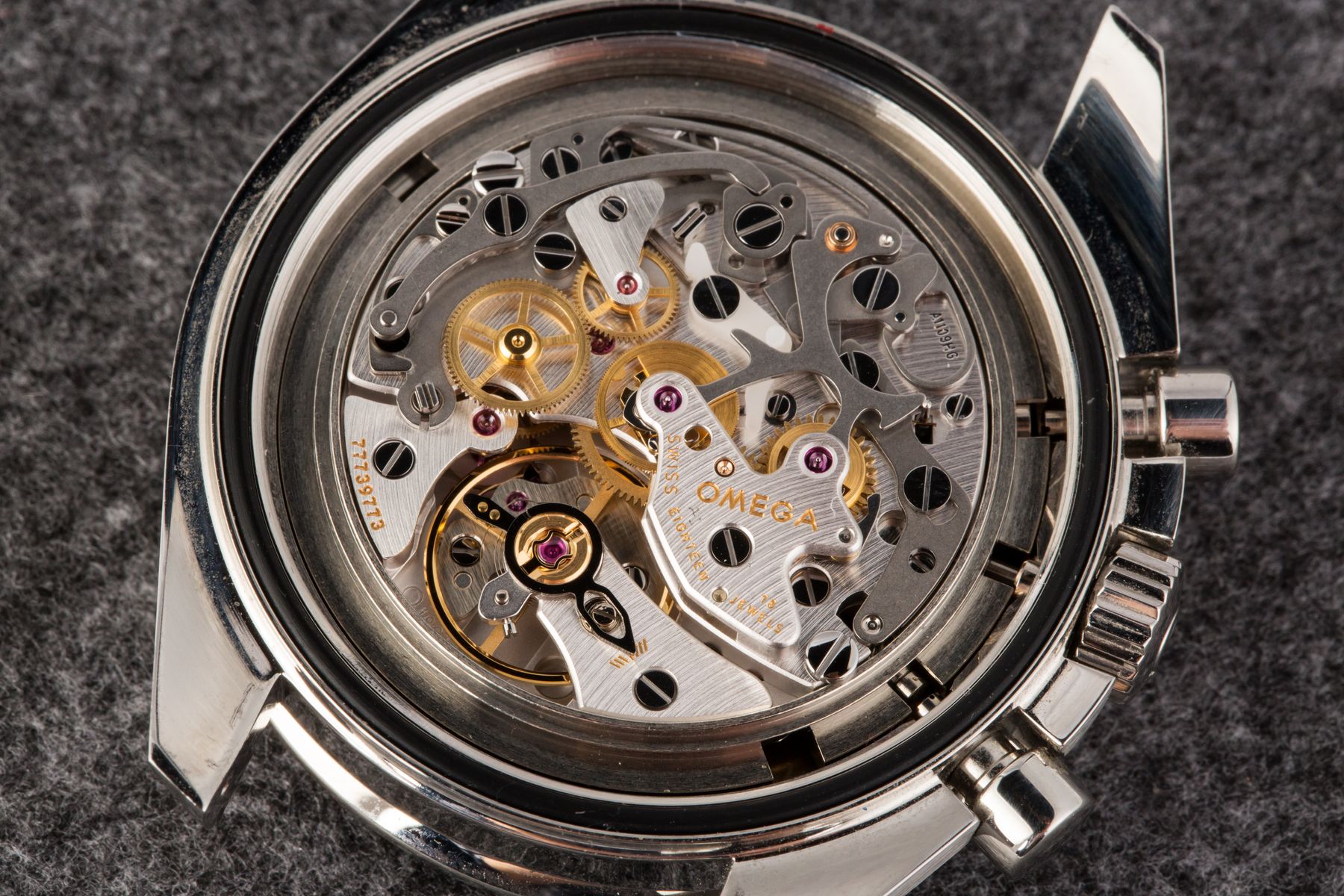
The In-House Label: Worth Its Weight
As we said before, there is a definite status symbol element to being able to say your watch has an in-house engine. Due to the enormous expense involved in conceptualizing, researching, fabricating, and testing a movement, it is something beyond the scope of the vast majority of manufacturers. That immediately gives it that most luxurious of benefits: exclusivity. And anything exclusive, as we all know, has to be paid for.
You could say that any high-end model advertised with an in-house caliber almost sells itself. Rolex, as one example, is not shy about letting us all know that the Daytona uses its own in-house caliber. Every brand recognizes the value of the in-house label, but some of the interest from the brand’s side also comes down to a greater ability to be self-reliant – this explains Swatch Group’s gobbling up of ETA. Japanese corporation, Citizen recently bought out movement maker and fellow countrymen, Miyota for the same reason.
Since the end of the quartz crisis, luxury watches are far more often an emotive purchase than a utilitarian one, and manufacturers have been doing everything they can to appeal to buyer’s passions ever since – rather than to any real practical considerations.
A homegrown movement is just one of those things that sets the true enthusiasts’ hearts racing. A caliber built by the same brand as has the name on the dial, especially one made exclusively for a particular model, has a story – far more than one beating away inside a host of other cases from a number of different competing brands.
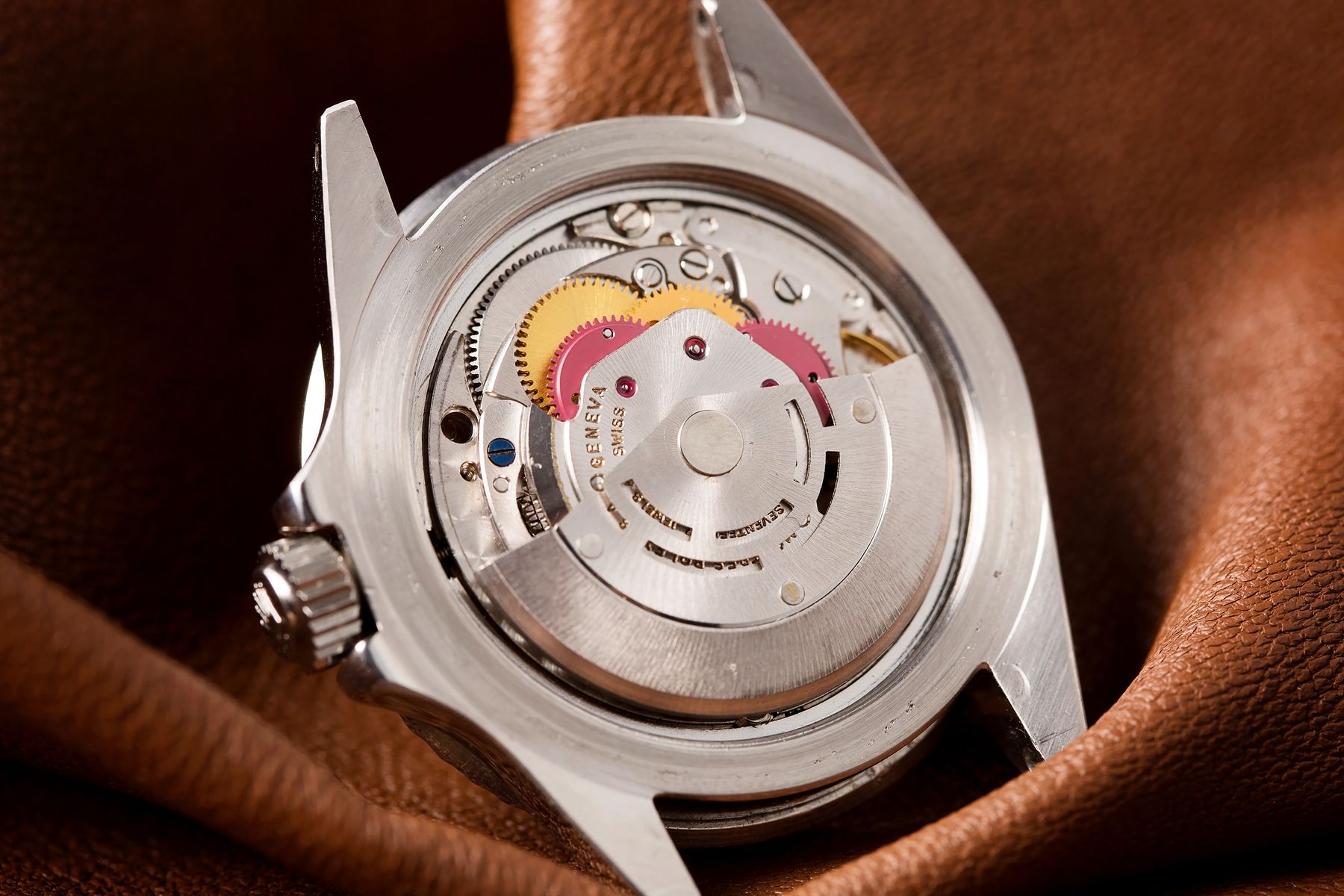
The Pros And Cons of In-House and Outsourced Movements
Obviously there are other benefits for a brand to make its own mechanisms beyond merely the image of it. Exercising complete quality control over the entire process can only be a positive. Construction techniques can be standardized and precise materials used at every step. Additionally, for those who like to show off the beauty of their handiwork through a sapphire case back, the movement can be finished however they like.
That being said, ETA also supplies ébauches, the basic building blocks of a movement that can be assembled, modified, and decorated to each company’s specific requirements. On the other hand, having an ETA caliber serviced is usually a whole lot cheaper than an in-house movement. Finding a freelancer to repair an ETA isn’t difficult, while (technically) only a watchmaker who works for (or has been authorized by) the specific brand has the skills and equipment to tackle a truly proprietary movement.
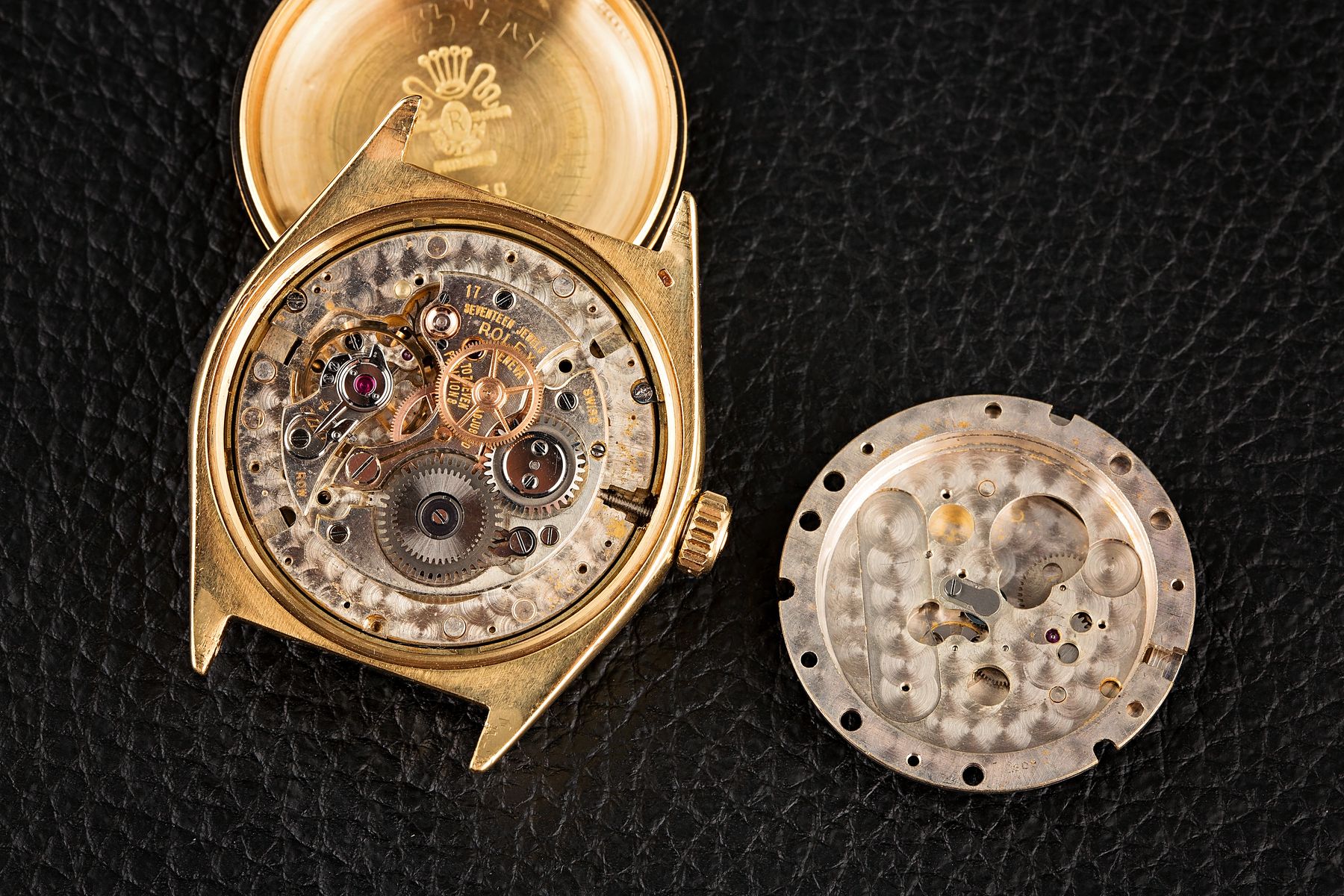
The Supply of Third-Party Movements
Perhaps the biggest advantage for modern watchmakers to create their own movements is going to be one of supply. When Swatch Group took over ETA, they announced their intention of stopping the sale of movements to third-party competitors, those names not under their direct control. An interjection by Switzerland’s monopoly commission prevented them from cutting their obligations immediately, but the move made it clear that ETA could not be an indefinite future plan for all brands who wished to use Swiss-made movements.
While other companies have stepped up to fill in the gaps, firms such as Sellita, Soprod, and STP, an increasing number of watch brands are either building movements for themselves or else working in collaboration with others in the industry to share the considerable expenditure. The highest profile example of the latter has been Tudor’s recent partnership with Breitling to establish the movement manufacturer Kenissi.
Formerly two of ETA’s biggest customers, Swatch’s decision has necessitated a cooperation, leading to Tudor being given Breitling’s B01 to use in their Heritage Chronograph range (rechristened the MT5813), while Breitling receives the three-hand MT5612, going the other way, for its Superocean Heritage II; once modified, it is now the B20. It is an incredible achievement for Tudor especially. Until a few years ago, Rolex’s sister company brought in every caliber it used. Now, not only do they build most of their own, they are actually in a position to supply others.
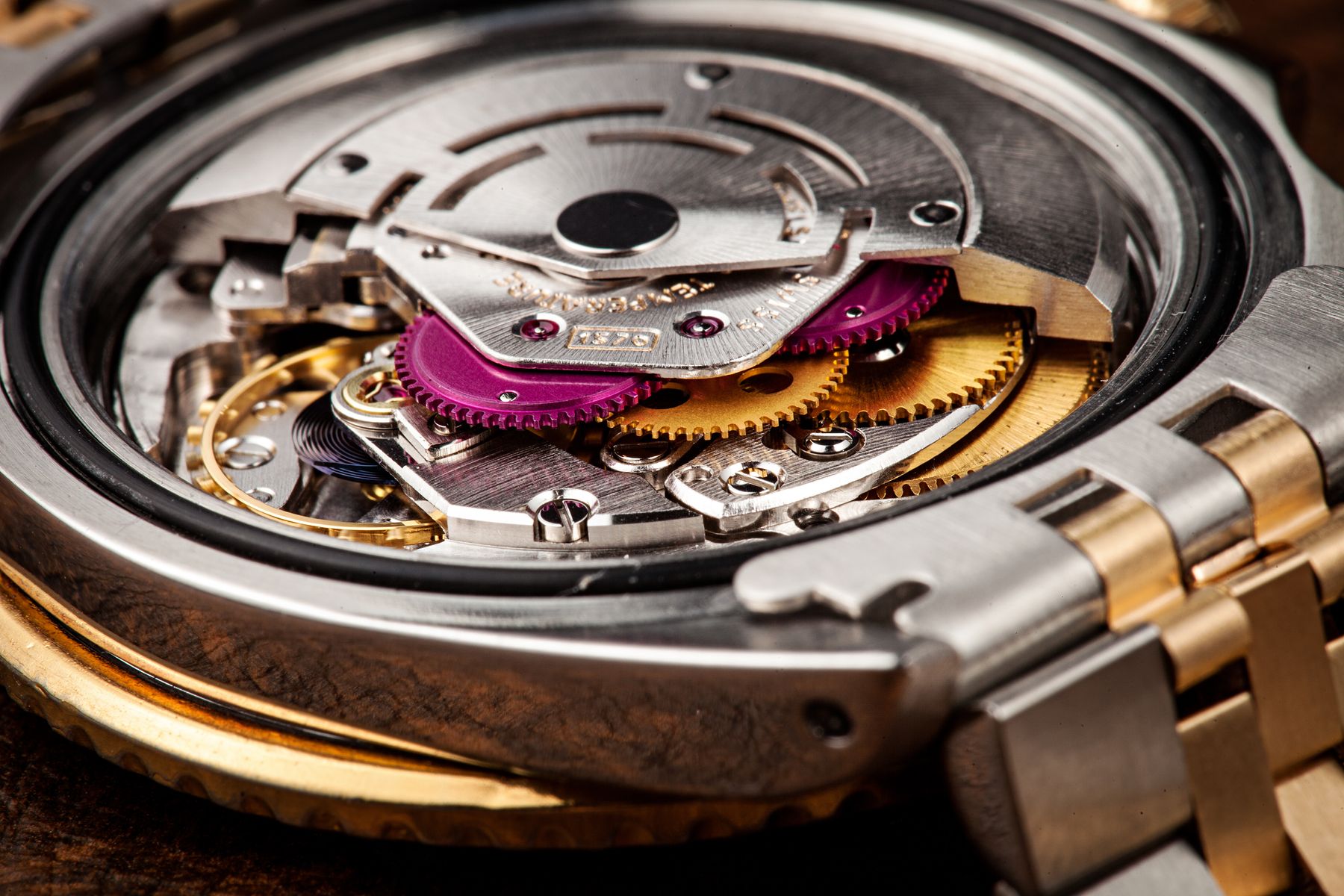
The Best In-House Movements
As you might have already gathered from this article, many collectors value watches made as close to 100% in-house as possible. That begs the question, which in-house movements are the best? The answer to that is entirely subjective, but we’ve done our best to compile just a few of the most popular in the industry.
Zenith El Primero
When it came to market in 1969, the El Primero was the first automatic chronograph. If you think about it, the name “El Primero” seems only fitting for such an innovative watch. It is the first in its class and among the best on the market. So much so that even Rolex relied on the famous movement to power their Daytona series when they made the shift from hand-wound Valjoux movements to automatic movements. The El Primero is still considered to be one of the best automatic chronograph movements and beats at a rate of 36,000 bph (Rolex modified the movement for the Daytona to beat at a speed of 28,800 bph).
Rolex Daytona Cal. 4130
Of course, that leads us to the Daytona Caliber 4130 next. The Rolex Cosmograph Daytona was powered by three generations of movements, manual winding, the El Primero, and (finally) the in-house cal. 4130, which was released in 2000. When the Daytona was driven by the El Primero, Rolex modified the movement in-house to change its frequency and to remove the date mechanism. It was then christened the cal. 4030. Next followed Rolex’s first in-house chronograph, the cal. 4130. As with everything Rolex produces, the new movement is impressive, featuring 20% fewer components than its predecessor cal. 4030, and with Rolex’s patented Paramagnetic blue Parachrom hairspring and a 3-day power reserve.
Oris Aquis Date Cal. 400
On the more affordable end of the spectrum, the Oris Aquis Date adopted a new and rather impressive movement for 2020, the Caliber 400. The ETA/Sellita replacement promises a longer 5-day power reserve and accuracy up to -3/+5 seconds per day. By outsourcing their movements, Oris has always maintained a rather attractive price point; however, with the release of Cal. 400, collectors can now enjoy the prestige of an in-house movement with a more obtainable price tag.
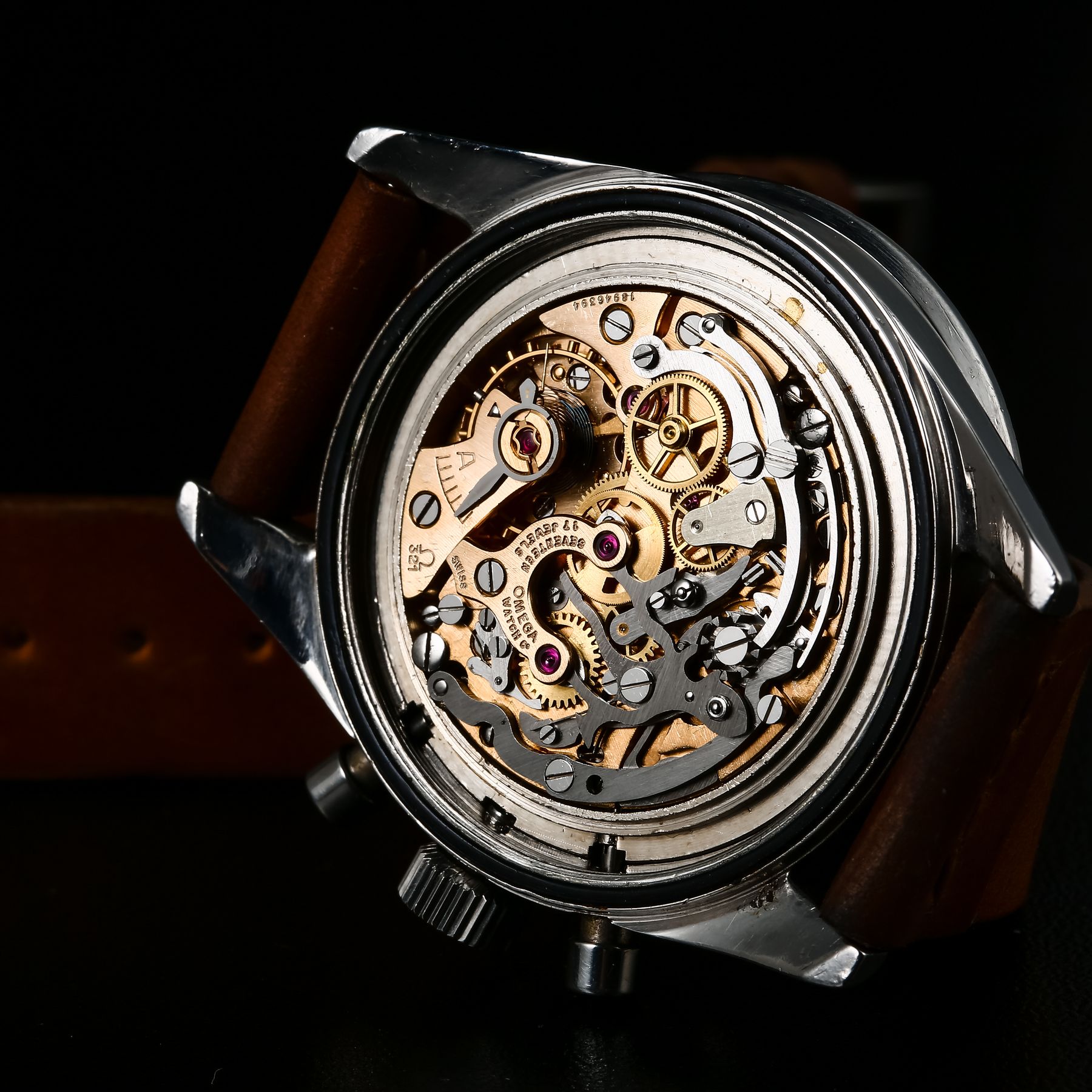
The Best Outsourced Movements
We’ve covered the best watches we outsourced movement’s extensively in a separate article, so if you haven’t already checked that one out, be sure to give that one a read to learn more about some truly fantastic watches that are powered by third-party movements.
Click here for a closer look at some of the Best Luxury Watches with Outsourced Movements.
Omega Cal. 321
Another outsourced movement worth mentioning is the famous Omega cal. 321. The 27mm chronograph movement was the mastermind of Lemania and Omega and is well-known among the horology community for being the movement powering the Speedmaster that went to the Moon. The manual-winding movement remained a fixture of the Speedmaster series until it was retired in 1969. However, Omega notably resurrected the beloved movement in 2019, much to the immense delight of watch enthusiasts everywhere.
The in-house vs. outsourced movement debate is a perennial favorite and one with several different factors to take into account. Saying one is inherently better than the other simply doesn’t stand up; like anything, it all depends who’s making them. While the argument isn’t going to go away, it is certainly going to change in the next few years as evermore watchmaking names have their hands forced by the drying up of the ETA supply, compelling a sharp increase in the number of domestic movements being built. As always, we will keep you up to date with all the latest developments.
